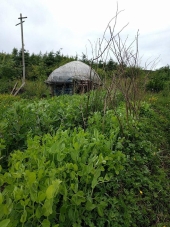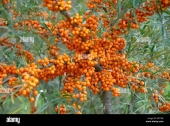


Marieke De Jong wrote:
Hi everyone,
Interesting question Nancy, and I never seem to manage enough or fully functional pea sticks no matter how I vow to do it!
Anyway, I just happened to come across a Dutch website on rare seeds and they listed a pea that's been saved by one if their farmer - seed growers and they described their technique of growing the peas together with wheat (or some grain, but I think they said wheat). I'll try this one of these years once I get grain going in my garden. I can see it work even if you wanted some fresh peas, as long as you leave space you can just walk along the rows and pick some.




Susan Mené wrote:Oh, and we call those bugs "water bugs".


Nicole Alderman wrote:
Matt McSpadden wrote:In the north we say "you guys" to mean everyone in the group, not just males. Similar to the South's y'all. I actually had a teacher get upset with me (it was a college in Virginia, far enough south that "You Guys" was not used) one time when I was planning to have the class all go out for ice cream. She wanted to know why I hadn't invited the girls. As a matter of fact, there was one particular girl I was hoping would come... but that is another story. My intention was to invite the whole class... and we eventually go it all straightened out. And I got a lesson in regional phrases :)
I'm on the other northern coast of the US, and also use "you guys" to refer to any group of people. If I were referring to a bunch of my female friends, I'd probably call them "you guys"!
I think one of our weird linguistic things in the pacific northwest is that we call land isopods "potato bugs." Most places call them "woodlice" or "rolly polly" or "pill bug"


Christopher Weeks wrote:
John Weiland wrote:My wife had grown up in central PA and recalls "the car needs washed..." or "the lawn needs mowed...", proposed to be a shortening the German "needs ....... to be" where the "to be" was at the end of the sentence. This is not something I've ever heard here as a near life-long Minnesotan.
Interesting! The only person I know who says that routinely is from Sedalia, Missouri.
if they misbehaved, they would end up in the "hoosegow"...
I guess I thought that was from out west or something. Colloquial for jail.
there is "A guy could....".
Neat! That rings immediately true, but isn't something I'd articulated to myself. A guy could go crazy trying to list everything. :-)


